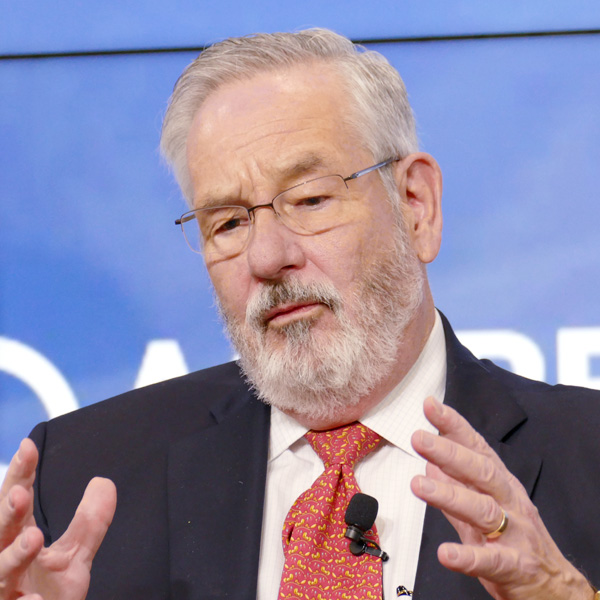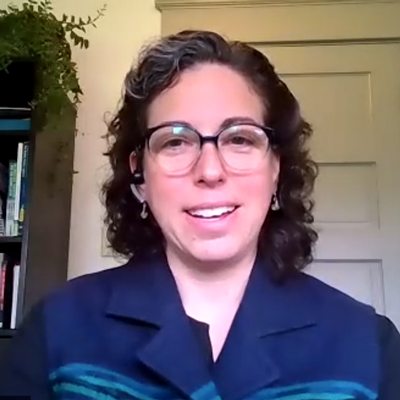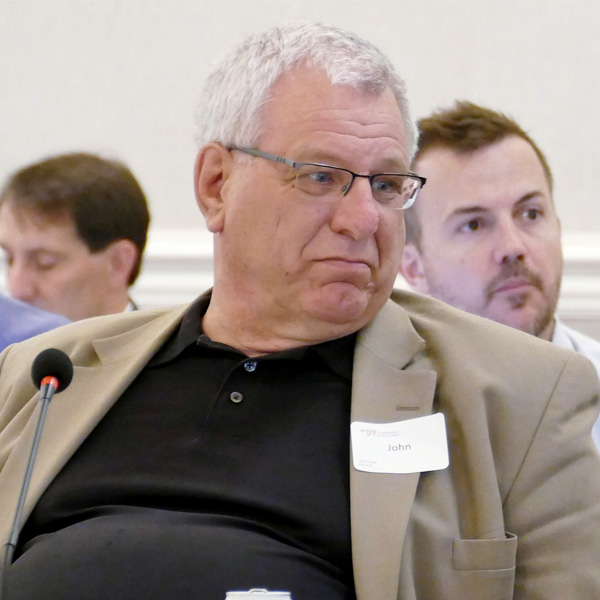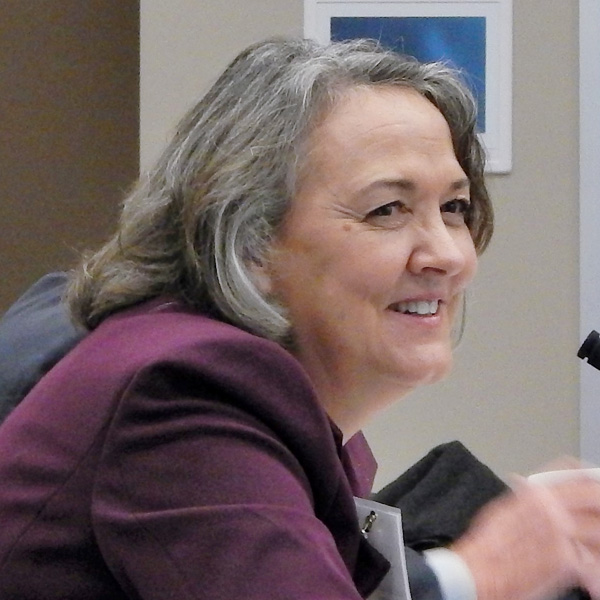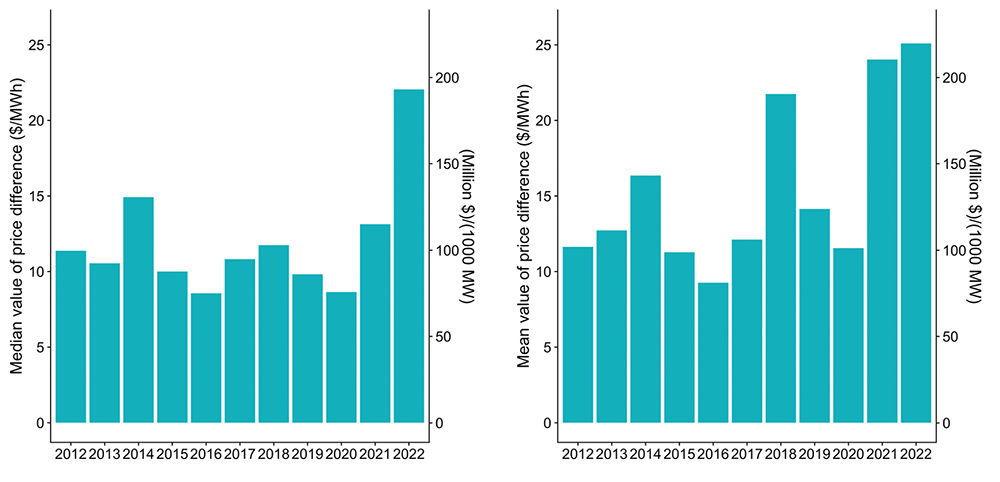New Jersey officials are moving to overhaul the clean energy strategy that steered the state to becoming one of the most aggressive carbon reducers in the nation, with a year-long revamp of its Energy Master Plan in the works and a legislative initiative to mandate zero emissions by 2035.
The new plans emerged in a flurry of activity over the last two weeks, including the abrupt cancellation of stakeholder hearings aimed at revising the state 2019 Energy Master Plan. Some stakeholders said the effort is a necessary response to the maturation of the state’s clean energy sector and the massive support for clean energy in all states by the federal Inflation Reduction Act.
The push to retool comes after advancements stemming from the policies outlined in the last master plan, among them surging growth in solar generation, a new offshore wind sector and grid upgrades to handle the new power — and amid concerns about cost among business groups and Republicans.
The New Jersey Board of Public Utilities (BPU) initially planned to start a revamp of the master plan with stakeholder input solicited at public hearings scheduled for Jan. 26 and Feb. 16. But Gov. Phil Murphy cancelled the hearings on Jan. 20 when he announced his own plans for the development of a new Energy Master Plan, targeted for release in 2024.
In an apparently unrelated move, but one likely to have a big impact on the same terrain, Sen. Bob Smith on Jan. 27 released legislation that would reshape the state’s clean energy sector.
The bill, a substitute for an existing bill, S2978, would establish and implement a sweeping new clean electricity certificate program to cover all energy sources, replacing the certificates granted to individual sectors such as solar, wind and nuclear power. The bill would require electricity suppliers to purchase a certain number of certificates each year so that they account for 70% of their retail sales by 2026, 85% by 2030 and 100% by 2035.
Assessing State Progress
Both the Murphy master plan update and Smith proposal are “hugely important for how we expand clean, renewable energy in the state,” said Doug O’Malley, director of Environment New Jersey.
“So, it makes sense to kind of update the energy master plan based on the Inflation Reduction Act, and it makes sense to strengthen our state, clean, renewable energy targets.” He added that the state typically updates the master plan every five years, putting Murphy on that schedule.
In a release explaining his plan, Murphy said the state needs to not only “assess our progress to date, but renew our commitment to a clean energy economy while taking stock of the breadth of resources at our disposal.” The master plan sets a state goal of reaching 100% clean energy by 2050.
The release said that shooting to complete the master plan update by 2024 would give “additional time needed to focus on data-driven modeling” and ensure the plan “demonstrates the full economic and environmental impacts of clean energy policies.”
“Only by developing and diligently pursuing an updated climate mitigation strategy can we build upon our efforts to cultivate resilient and sustainable communities,” Murphy said in the release. “In addition to taking into consideration the implications of new state and federal policies, the 2024 Energy Master Plan will seek to better capture economic costs and benefits, as well as ratepayer impacts, throughout our journey toward a clean energy future.”
Murphy will convene a new Energy Master Plan Committee and reschedule the cancelled stakeholder meetings for later this year.
Cost vs Affordability
The revamp comes amid criticism that four years after release of the master plan, Murphy has not told the public how much it will cost to implement. A report released by the BPU in August showing that some residents could see a 16% energy cost reduction under the plan did little to quell the concern. Critics said the analysis didn’t consider the hefty investments needed to reap those savings, such as buying an electric vehicle and investing in electric home heating systems. (See NJ BPU Approves Report on Costs of Energy Master Plan.)
Raymond Cantor, vice president of government affairs at the New Jersey Business and Industry Association (NJBIA), one of the state’s largest business groups, said the reevaluation of the master plan is timely but raises concerns that it will repeat the focus of the last plan on cutting emissions by shifting the state to a reliance on electricity. NJBIA would like to see greater consideration of alternative fuels such as hydrogen and renewable natural gas.
“We need to understand what this is going to cost,” he said. “Energy is the fundamental basis of our economy and standard of living. We need to know if what they’re proposing is going to be affordable or not.
“They talk about least-cost. But least-cost is not necessarily affordable cost,” he said. “If people can’t afford energy, then they’re going to suffer.”
On the Smith bill, Cantor expressed concern that it sets “unrealistic” targets.
“Setting unrealistic targets, and then asking government to enact policies to meet that, is only going to result in unreliable energy sources — and that’s not acceptable,” he said. “We should be aggressively pursuing rational policies that will get us there, not setting unrealistic deadlines.”
Starting a Discussion
S2978 would provide generators with a clean electricity attribute certificate (CEAC) for each megawatt-hour of energy they produce. The bill would allow suppliers to retire existing energy certificates, among them Offshore Wind Renewable Energy Certificates (ORECs), Solar Renewable Energy Certificates (SRECs), and Transition Renewable Energy Certificates (TRECs) awarded in a now-closed temporary solar incentive program.
The bill also allows for the retirement of zero-emission credits (ZECs), awarded for nuclear generation, and limits the amount of the state’s electricity that can be sourced from nuclear plants to 40% of the 2017 generation figure.
Smith, who heads the Senate Energy and Environment Committee, said the aim of the bill is to “unify the energy incentive programs.”
“It’s going to be a pretty significant change from what we have been doing,” he said. “It’s going to start the discussion in how we do the energy policy in the state.”
“The point of it is to make our incentive programs more effective, and also, believe it or not, to lower costs,” he said. “At the end of the changes, we expect to see a reduction in rates.”
O’Malley said S2978 is needed, in part, because current state law sets a goal of achieving 50% clean energy by 2030 but sets no target beyond that. When that goal was set, for example, the state’s plans for offshore wind were minimal compared to the rapidly advancing sector underway, he said.
“This is where Sen. Smith is filling the gap,” he said. “Most states have clear clean energy goals and mandates through the next decade. We need to clarify that now for the electric market.”
Ed Potosnak, executive director of the New Jersey League of Conservation Voters, called it a “strong” bill, but one the organization couldn’t support in its present form because it allows six trash-burning incinerators around the state to generate some of the needed electricity.
“They’re not clean,” he said. “They shouldn’t be in a clean energy standard.”
The removal of the incinerator support would make the bill acceptable, although the group will also push for other changes, he said, including increasing the amount of clean energy that must be generated in-state to above the current 50% requirement, in part, because of the economic and employment opportunities for the state.
The master plan upgrade is needed because of the enactment of the Inflation Reduction Act, the availability of superior technology to model the impact of climate change and efforts to combat it, the changing social attitudes toward the problem and the apparent acceleration in the impact of climate change, he said.
“There’s both an urgency and a need, and also the ability,” he said. “And I think when those things converge, that’s when you get a real chance to update that plan.”
